The newest DLC, Industries, just released for Colossal Order’s genre gold standard Cities: Skylines, and to celebrate, the game and all of its DLC except for the new one just went on sale on Steam through Thursday, November 1.
And while you may be tempted to just buy the complete game-and-DLC bundle (a more than $150 value for about 56 bucks), and you’d get a fantastic experience out of so doing, maybe you don’t quite want to go whole hog right out of the box.
Maybe, instead, you’re looking to keep your purchases down to the cost of a fast-food meal, but you really want to make the money count. For that, here’s your guide to every Skylines DLC, from “not worth it at any price” to “buy it even if it isn’t on sale, it’s that good.”
Special note: I’m not including minor packs that don’t make major gameplay changes. Stuff like Content Creator packs and radio stations add nice flavor to the game, but to be bluntly honest, they’re really not worth spending your own money on, not when so much of that stuff is available in the Steam Workshop for free. Never send a paid content-only DLC to do a mod’s job, I say.
Must-have Cities: Skylines DLCs
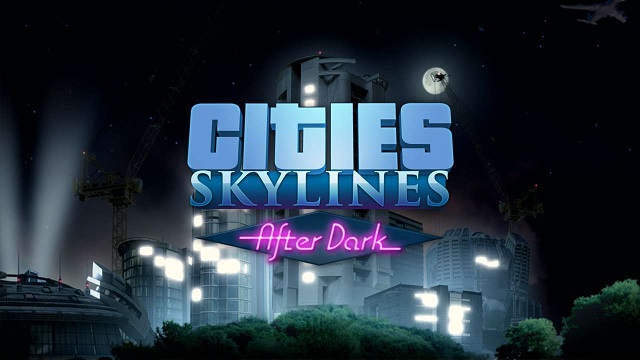
After Dark
After Dark isn’t a mandatory because of the day/night cycle (which came with the free patch that accompanied the expansion anyway). Nor is it a mandatory because of the leisure and tourist buildings (which you may end up not using at all).
No, what makes After Dark a must-have is the overhaul of city services that it brings.
The Bus Terminal is absolutely essential to creating a large, integrated public transportation system that can serve a large city. Much like in any other city in the real world, the ability for bus lines to seamlessly converge on a central point is what makes it actually useful to the citizenry.
After Dark also introduced cargo hubs, which provide massive boosts to the city’s industrial economy, especially with the Industries DLC. Even if you’re not a huge fan of those yellow blocks on the map where the dirty jobs of the city get done, having them be profitable means they’re not just eating space to keep demand for labor up.
It also comes with the International Airport, and if you’ve had a city big enough to where air capacity has become a concern, you’ll know exactly what a gem this building is in the lategame.
Throw in taxi service on the roads to relieve congestion, and you see why After Dark was a complete and essential expansion that offered something for everyone. This is generally $7.49 on sale and $14.99 at full price and is the first DLC on this list well worth shelling out the complete cost of admission for.
Get it if:
You want your roads to be more efficient and you want a way to generate additional revenue streams to provide variety to your city’s economy through leisure and tourism.
Miss it if:
For some bizarre reason (seriously, this DLC is absolutely essential), trying to run bigger cities with inefficient road networks somehow appeals more than having major gameplay improvements.
Industries
As the game’s promotional materials put it, “mind your business” with Industries, a DLC that manages to layer a resource- and production-management RTS on top of a city builder without losing the plot in either case.
This is the DLC that actually makes the natural resources on the map useful. It cannot be overstated just how much this utterly revolutionizes gameplay.
Especially when combined with the menu setting that gives unlimited oil and ore resources rather than ones that deplete in about 10 minutes of gameplay, this is the DLC that turns industrial zones from earlygame stopgaps into true profit drivers of their own.
Even better, Colossal Order made the creation of these new-style industrial zones super easy for anyone who’s played the base game, and double-especially for anyone who’s played Parklife. They repurposed the existing system for drawing districts to let you build out the industrial zone exactly where and in what size you want it.
The system is not without its weaknesses, but they’re awfully minor.
For one thing, there is still that great big “but what about your playstyle” question that looms over every single DLC, even the mandatories; if you’re just not into having manufacturing cities and you’re going to devote that real estate to building powerhouse office zones, there is nothing in Industries that demands you not do that, and there are still only so many citizens to go around in the labor pool.
For another, maybe you don’t have $14.99 to burn, and this one’s still brand-new so it’s not getting its first sale until probably Christmas at the earliest.
But if the money won’t break you, and you have any interest at all in stirring a little tycoon game peanut butter into your chocolate city builder, this is absolutely essential. Check out our review here.
Get it if:
You have any real interest in making your industrial zones into something special in terms of their value to your city’s economy.
Miss it if:
Your playstyle just really, really doesn’t swing toward industrial zones.

Mass Transit
Here we have the DLC that makes large cities possible and expands in every way upon the vanilla game’s available tools to get cars off the road and, with another nod toward the developers’ body of work, really gets your cities in motion.
From the fantastical (blimps!) to the more familiar (ferries, cable cars, and the monorail that put North Haverbrook on the map), and featuring intermodal transit hubs that let you build things like Boston’s multi-transit South Station, this is the DLC that turns public transportation from a curiosity that lacks a bit in depth to a fully integrated system that gives your cities the ability to handle even Tokyo-sized traffic volumes.
There are even ropeways that can go up the sides of mountains and unlock the possibilities of spaces that used to be obstacles to development.
And it’s on sale for $6.49, but the regular price of $12.99 is a bargain.
This does for Skylines what the Rush Hour pack did for SimCity 4 way back in the day. It takes a good-but-not-great part of the base game and just elevates it to levels that will make you seriously wonder how on earth you ever got along without it.
When combined with Industries and After Dark, this is the essential Cities: Skylines starter kit. The 30 bucks or so it will set you back to buy the rest of the major DLC is entirely optional, but if you haven’t already looked at your wallet to see if you’ve got another 30 for Mass Transit, you should.
If you’re still on the fence, read our review for more info on this one.
Get it if:
You have any sense in your head at all and want your public transportation to work the best that it can.
Miss it if:
You don’t have the money. That’s the only plausible reason.
Depends on your Playstyle
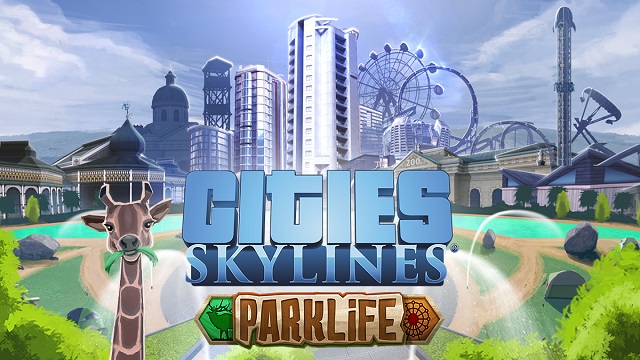
Parklife
I have mixed feelings about Parklife that showed themselves in my review of the DLC when it came out.
Specifically, building a great zoo or nature preserve or city park or Nuka-World is a great way to add a lot of visual flavor to your cities. Also, when it’s done right, the park districts are a great revenue stream for the city, pulling a profit that you can then put into improving the rest of your civic infrastructure and whatnot to power a more prosperous city.
That’s the real strength of Parklife: the game-within-a-game of creating the perfect park while simultaneously balancing all the other spinning plates that come with a well-balanced city.
The biggest weakness is that the park mechanics don’t contribute enough to the city in terms of land value per unit cost to justify their existence unless you’re building them as a profit driver. The already-existing parks-and-recreation system in the base game is better for your citizens on the whole if your sole goal is to grow your tax base, and as such there’s an opportunity cost that comes in the box and wipes out a lot of the benefit.
Everything else in the DLC is in service of the parks system; there’s nothing here for base game players to have any fun with the way, for example, Snowfall gave that neat-o tram system (even if it was the only thing in the DLC and largely rendered obsolete by Mass Transit—more on that later). The sightseeing buses and new reward buildings all tie back into the park system.
The DLC will run you $14.99, or $10.04 during the 33 percent off sale, and the only real way to recommend it is if you’re the type of person for whom beautification and screenshot value is where you get the joy from your particular playstyle.
Get it if:
You want to create a unique look for your cities, or you enjoy having a more hands-on role in the creation of your leisure areas.
Miss it if:
You’re more efficiency-oriented or don’t want to add complexity to one of your city’s systems without a meaningful tangible reward.
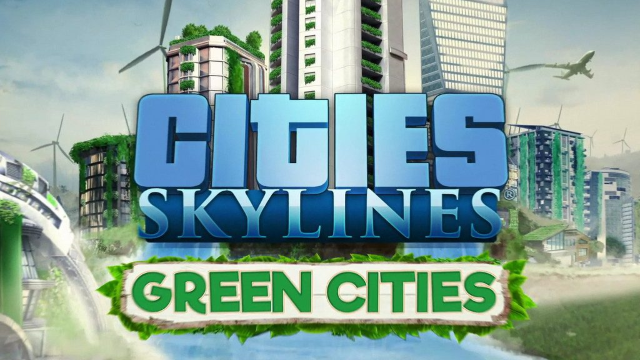
Green Cities
This one falls short of mandatory status thanks largely to the fact that it’s not strictly necessary to use green building options in order to have a perfectly functional and relatively clean city. By the time you’re in office-zone territory, that problem usually takes care of itself, or at worst cordons itself into “the bad part of town”.
But all the same, if you’re playing the kind of playstyle where you want to create beautiful, ultra-modern, clean cities of the future, this scratches that itch in ideal fashion. For a utopian player, new building specializations, electric cars, green parks, and ability to apply eco-friendly policies to districts means there’s a ton of great stuff here to be explored.
When you’ve got those geothermal power plants firing and the yoga gardens built, you can then gear your city toward getting the Ultimate Recycling Plant, one of the game’s “monument” super-buildings, and that’s the other strength of this DLC, the fact that the reward at the end is extremely useful.
The downside, as with most Skylines DLC, is that if your playstyle doesn’t lean toward what the DLC is trying to offer, it’s just a bunch of stuff you’ll never use but that you paid $6.49 for on sale or $12.99 for at full price.
But this is where you’re really starting to get into the “most playstyles can find a way to use this stuff” territory that makes DLC, especially on sale, a must-have.
Get it if:
Reducing pollution while still running an economically viable city appeals to you.
Miss it if:
You’re less concerned with “green” city design and your playstyle doesn’t super-prioritize reducing pollution beyond the simple maintenance levels you can achieve with basegame tools.
Don’t Bother

Snowfall
Snowfall makes everything look pretty, and there is plenty to be said in favor of the challenge that adapting your city to wintry conditions offers.
The problem is that this DLC is extremely poorly executed.
For one thing, the snowfall is an all-or-nothing affair. Either brace yourself and prepare for the frozen tundra of an icy waste like the northernmost parts of Colossal Order’s home nation of Finland, or else use a map that isn’t Snowfall-enabled and get absolutely no value out of the DLC at all.
Sure, existing maps get rain and fog, and the Streetcar system is a nice addition to the multitude of transit options we’ve come to expect from a studio that made its name on the old Cities In Motion series, but you’d really need money to be burning a hole in your pocket before you dropped even the $6.49 sale price on it.
Plus, as several Steam reviewers have pointed out, the complete lack of contrast inherent in having a city covered in snow takes away a lot of the visual appeal that the game’s landscapes usually have. Snow is beautiful, as anyone who loves living in cold climates knows, but it’s not visually interesting the way nature tends to be during the rest of the year. You’ll grow tired of it quickly.
Get it if:
You really love winter wonderlands and you have money to burn.
Miss it if:
You’d rather just go out for a burger and fries; you’re not missing anything by not having this DLC installed.
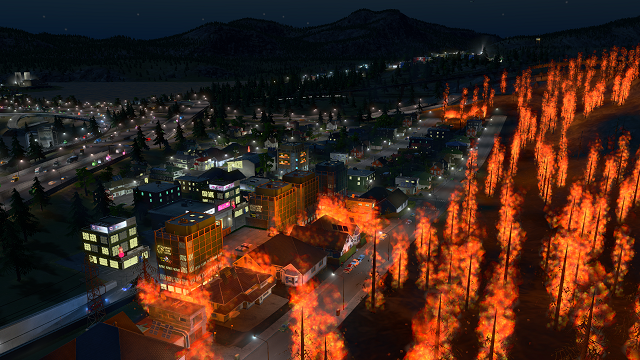
Natural Disasters
Remember how in SimCity 4 (and its earlier brothers), half the fun of building a city was unleashing the wrath of Judgment Day upon it like some kind of cruel cross between the God of the Old Testament and Kefka from Final Fantasy VI?
This is the experience Natural Disasters is out to create, and if that’s what floats your boat, then you’ll get everything you ever wanted here.
The problem is twofold and why this DLC is just way too hard for me to recommend even for people who have a fetish for breaking stuff in a city-building game.
One, that’s way too much of a one-note song even for $7.49, much less the $14.99 regular ask.
And two, as anyone who’s played SimCity knows, breaking stuff is cathartic and all, but what do we all do when we get it out of our system?
We reload the save and play with the hope that the game won’t break our stuff on its own volition, that’s what.
And this DLC, even though it adds lovely early-warning systems and all kinds of major mechanical anti-frustration features for dealing with a disaster, is still going to throw a disaster at you unless you toggle the option off in the menu, at which point you just spent $7.49 for “I wanted to destroy something beautiful mode.”
Get it if:
You really love to destroy stuff and triggering disasters never got old for you in the old SimCity games.
Miss it if:
You’d rather build cities than destroy them.
Hopefully my experiences with Cities: Skylines and its DLCs and expansions will help you decide which you’d like to throw money at.

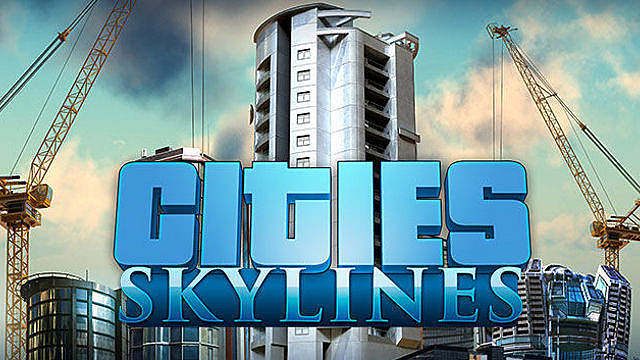
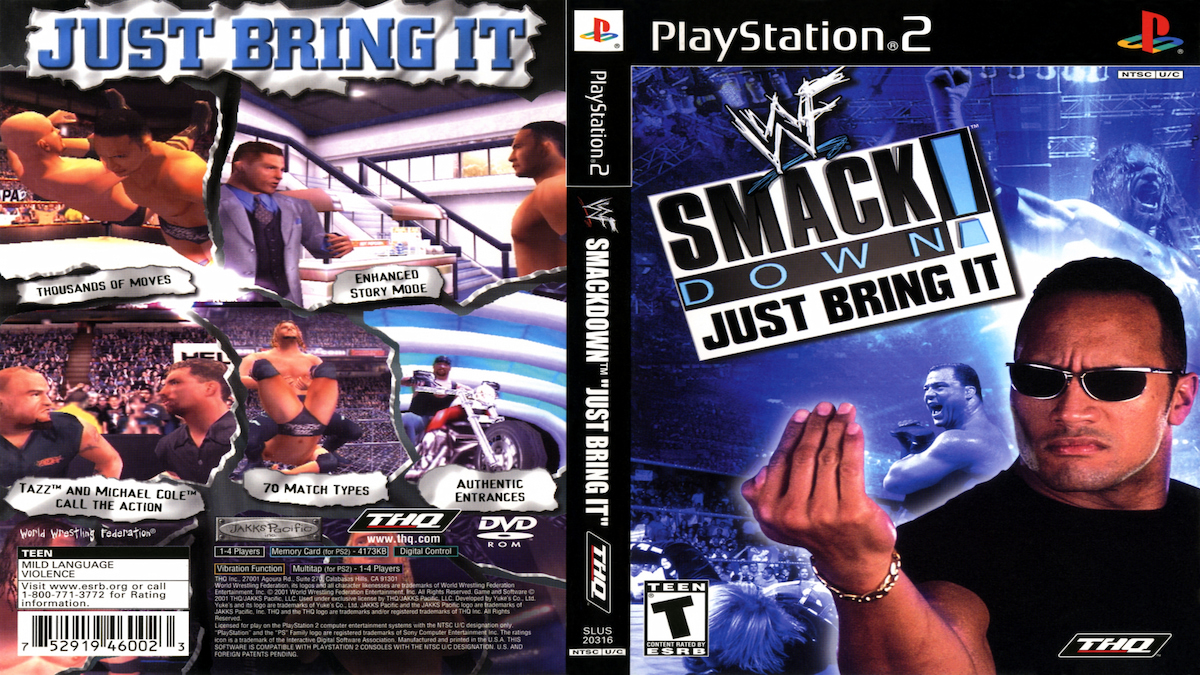
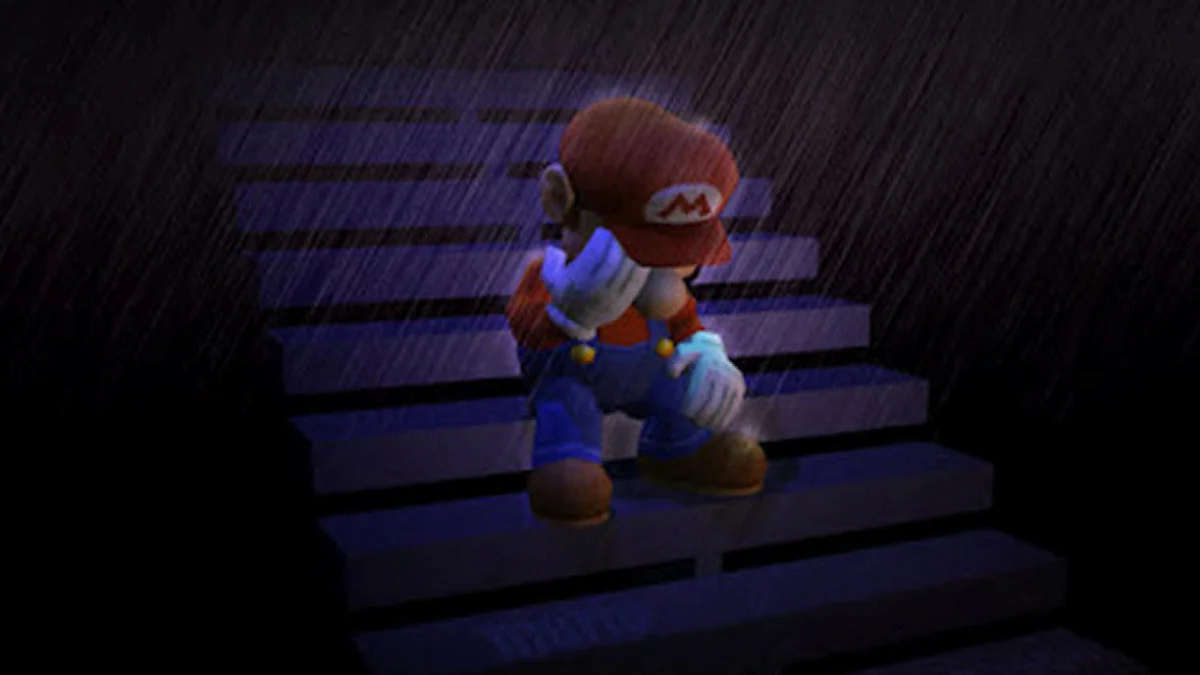
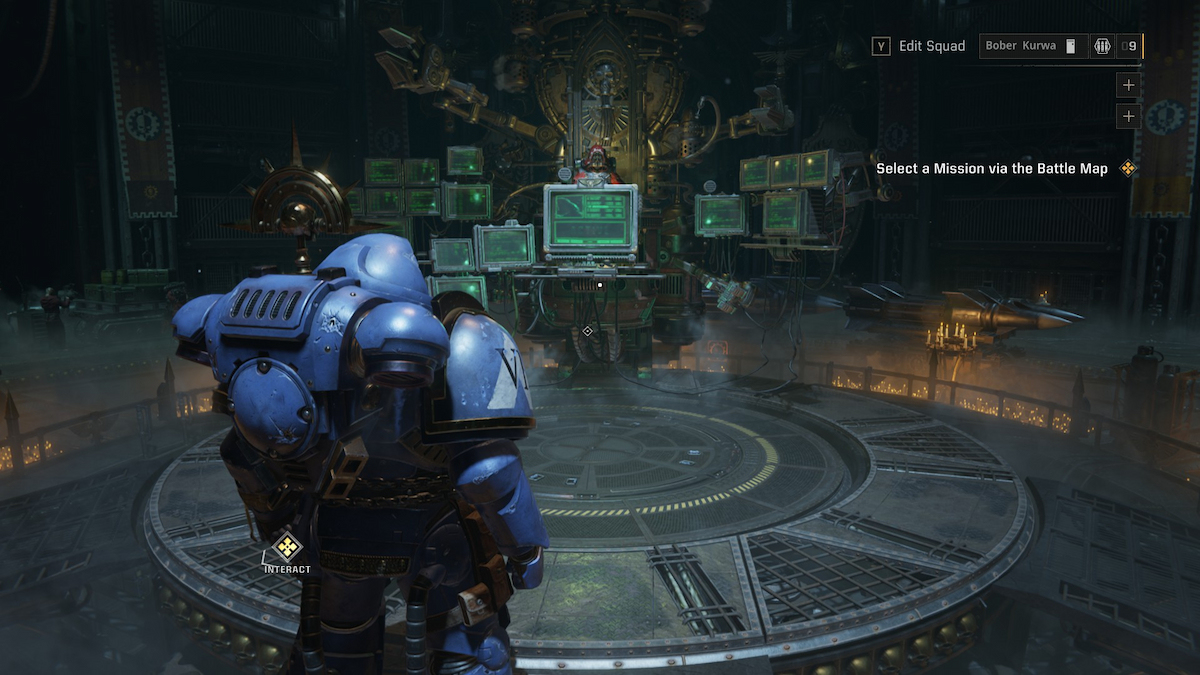
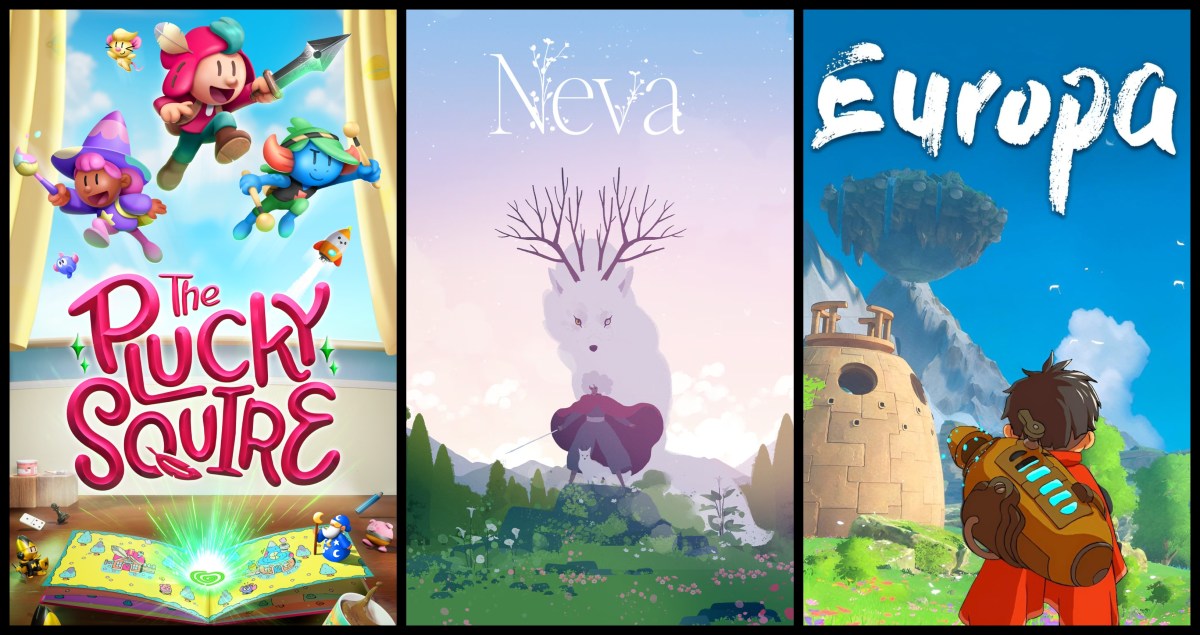
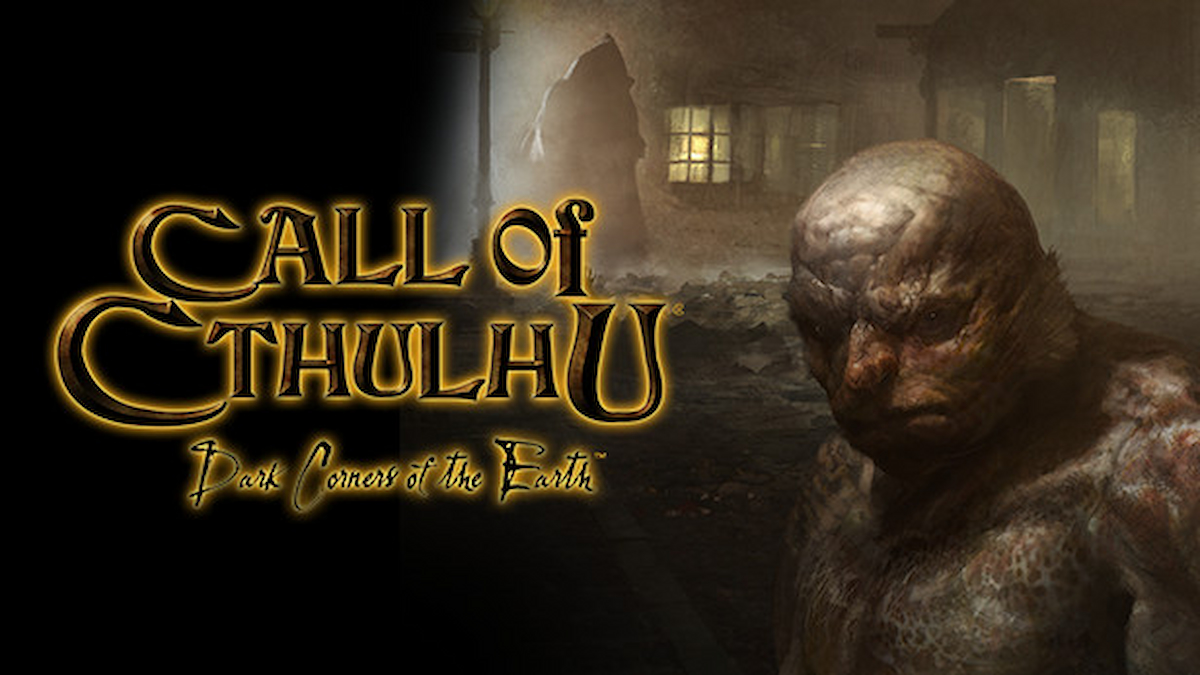
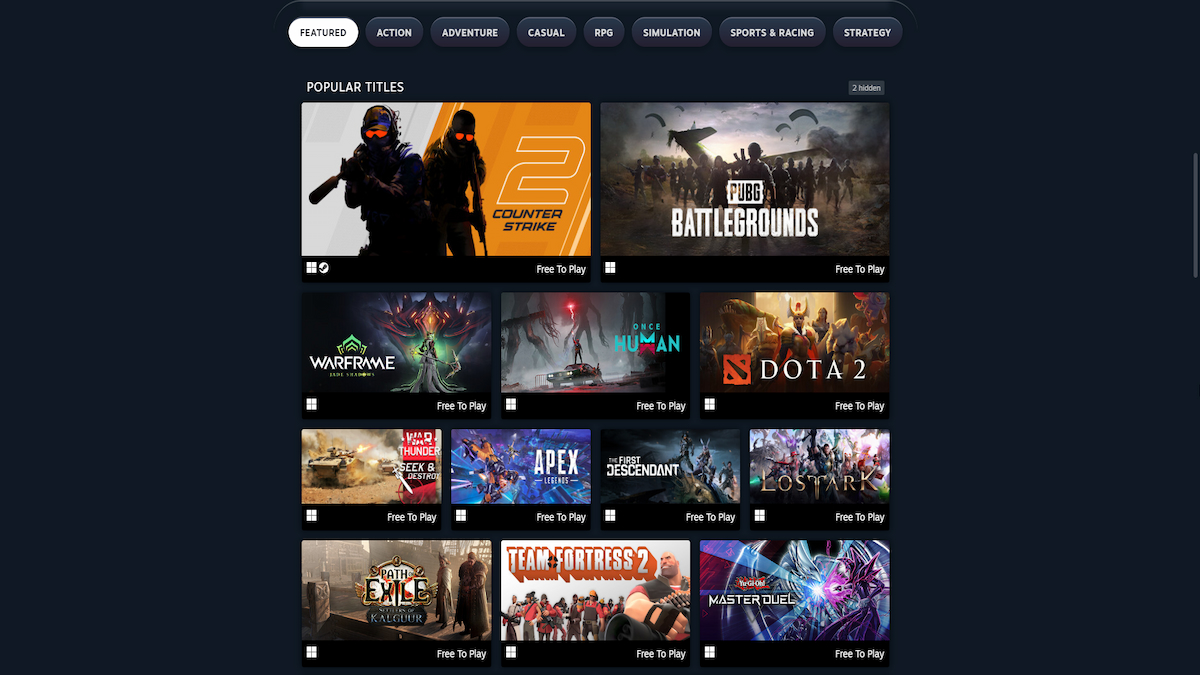
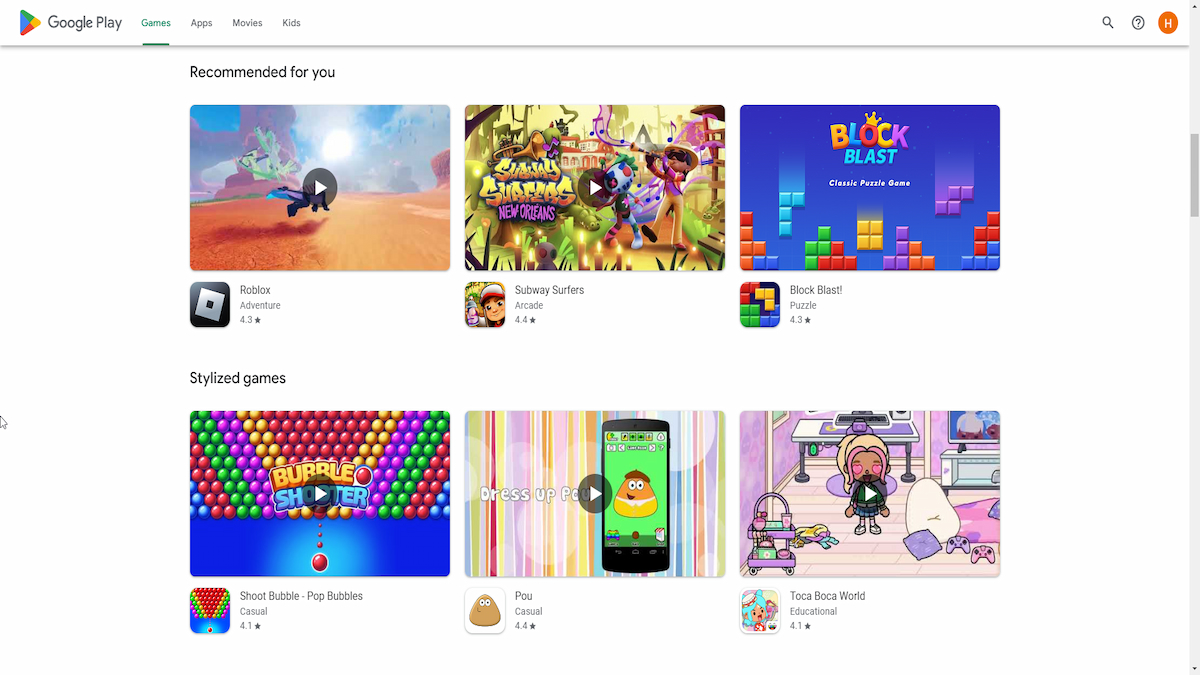
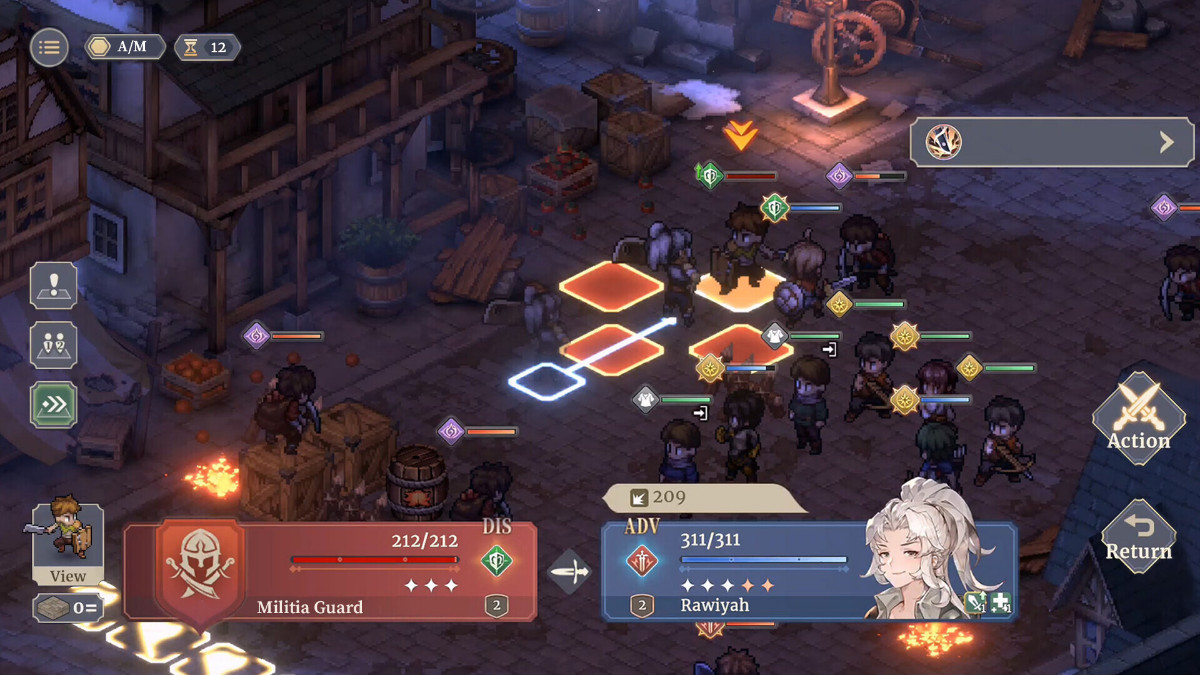
Published: Oct 25, 2018 07:25 pm